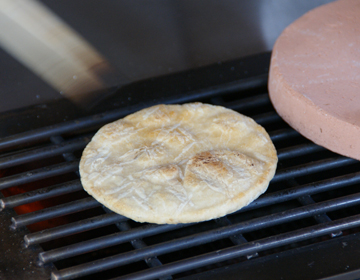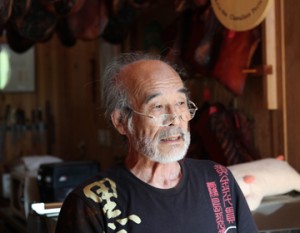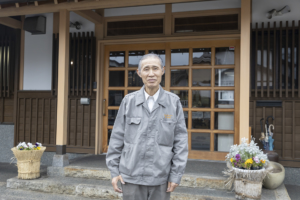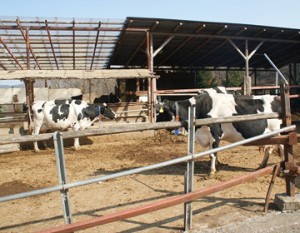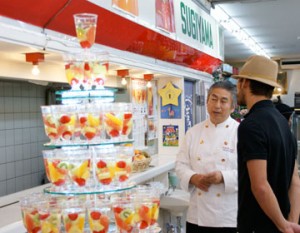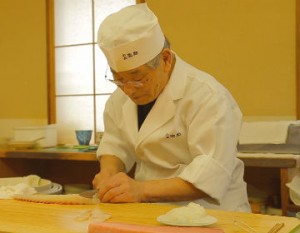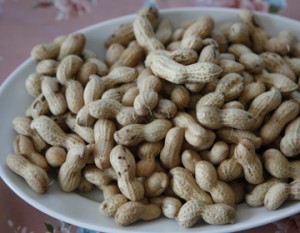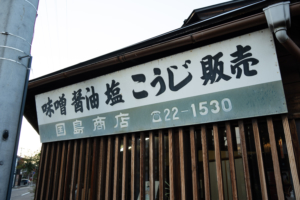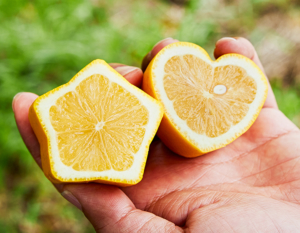“Senbei” shop is “dango” shop?
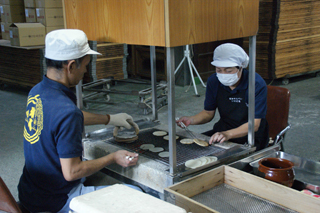
”Senbei” shop is ”dango” shop?
Ikedaya was founded in 1865. It is a long established ”senbei (rice cracker) ” shop with 150 years of history, but it started as a ”dango” or rice dumplings shop. The Oshu Kaido road connecting present day Tokyo to present day Fukushima Prefecture ran nearby, so the area prospered as a post station town since the Edo period. Along that road , a tea house called ”Oume Dango” was opened. But why did it become a ”senbei” shop? Akira Ikeda, the president answered the question.
”The rice dumplings could not be kept for many days, so they flattened the dumplings and baked them. And they spread soy sauce on them because there were soy sauce production areas such as Noda nearby and voila! they were delicious. That’s the beginning of Soka Senbei, so it is told.”
“Arare” and “senbei” use different rice as ingredient?
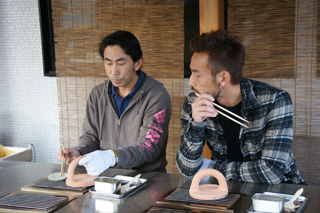
Soka Senbei is generally known to be crunchy and hard toasted. Ikeda was explaining about Soka Senbei and was saying, ”There are more ”arare” in West Japan and more ”senbei” in East Japan”, when Nakata stopped him with a question. ”Wait a minute. What is the biggest difference between ”senbei” and ”arare”?”
”Senbei is made from ordinary rice, the one we usually eat as steamed rice. ”Arare” is made from glutinous rice.”
So, both ”arare” and ”senbei” are rice crackers, but they are different things. ”Arare” made from glutinous rice has rather chewy texture, whereas ”senbei” made from ordinary rice tends to be more crispy. The town of Soka was a rice growing area, so there were confectionaries made from ordinary rice. This has led to the creation of hard baked Soka Senbei.
Push them flat.

The crunchy texture of Soka Senbei comes also from the method of toasting. When the dough is toasted on a grill, bubbles will come up to the surface, just like when toasting ”mochi”. Then the bubbles are pushed flat with a tool called ”oshigawara”
So, this pushing makes the ”senbei” hard and crunchy. At Ikedaya, one can experience ”senbei” toasting, so Nakata, a great lover of ”senbei”, had a go.
However, it was harder than he imagined. He struggled with the ”oshigawara” in one hand, and barely managed to bake a piece of senbei. According to Ikeda, Soka Senbei are better, when they are flatter, but just look at Nakata’s senbei….
However, utterly unconcerned, he smeared his ”senbei” with soy sauce, and crunched away the self-made ”senbei” very happily.



